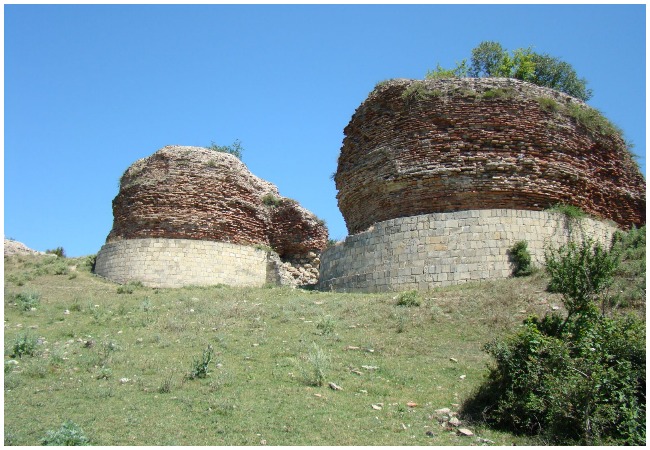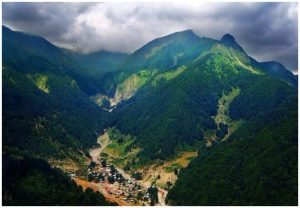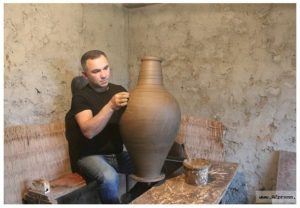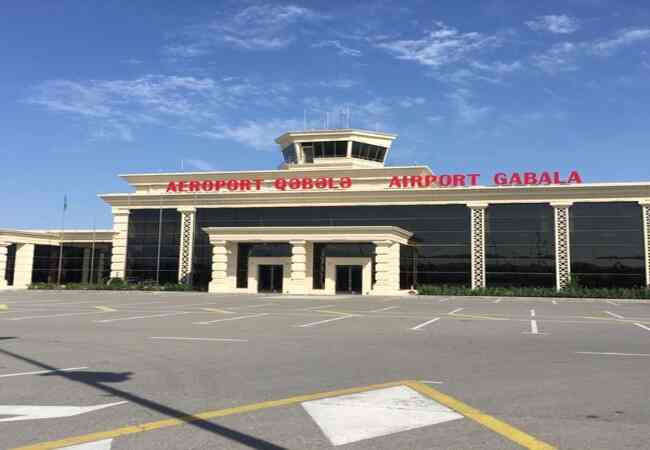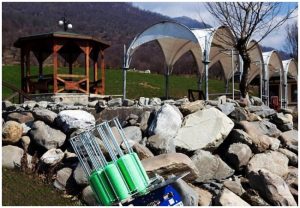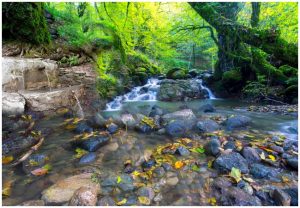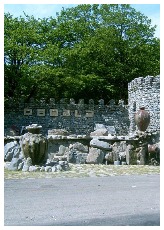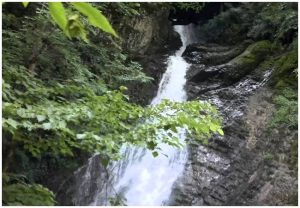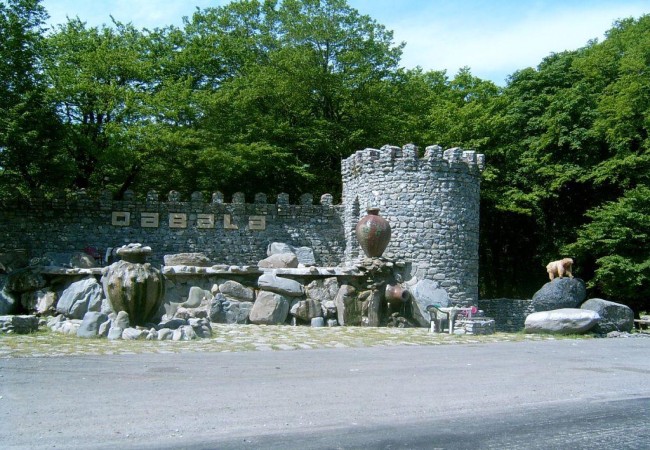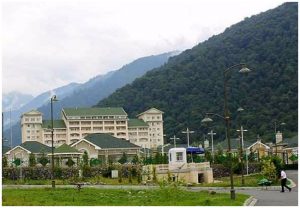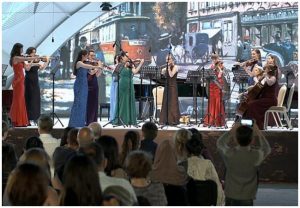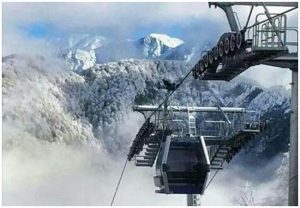GABALA – the capital of ancient Caucasian Albania
The historical region Gabala is one of the most popular tourist destinations in Azerbaijan. Today are familiar to many foreign cultural workers. As well as diplomats and tourists and the number of touring and recreational visitors is rising rapidly. Its picturesque environment, modern, large-scale projects and cultural activities. It has had a significant impact on the socio-economic development of the whole region.
Gabala is one of the highest rates of tourism development in Azerbaijan. Every year, thousands of tourists visit the area to see the mysterious nature of Gabala. Gabala was the first capital city of Albania, beginning in the 4th century BC, which has played an important role in the economic, political and cultural life of the country, and has been mentioned in written sources since the first century AD.
The headquarters of the Albanian rulers is here. It is the same as the world’s major political and economic strategic cities like Babylon, Troy and Carthage. Although the Roman armies attack Albania in the sixties BC, they did not occupy Gabala. During the Sassanid era, Gabala was a great trading and crafts center.
The city has maintained its importance as a trade and crafts center during the caliphate. Although the Mongols were in decline during the XIII century, they were revived. In the middle of the eighteenth century, the population gradually move from here until Gabala began to lose its former glory and importance.
GABALA – the capital of ancient Caucasian Albania
Much of the ancient city remained under the soil. The cliffs on the surface are the southern gates of the fort. Ancient Gabala, the capital of Caucasian Albania for about 9 centuries, was 20 km. Northeast of the present district center, near the present village of Chukur Gabala. The ruins of the ancient city are 15 km from the center between the Karachay and Covurluchay rivers. Although he was relocated to Barda, the capital city, after the Sassani rule in 461, Gabala continued to live an active urban life.
The magnificent castle walls, which are the remembrances of ancient Gabala, were built at that time. Materials from archeological excavations e. Ancient Gabala, which dates from the IV – III millennium to the eighteenth century. It is one of the largest and most developed administrative and commercial centers in the Caucasus.
The remains of the main gates of the ancient city and Caucasus Albania are still here. Excavations near the Gabala village confirm that Gabala was one of the largest cities. In addition centers of art in the developed trade from the IV-III centuries until the 18th century.
